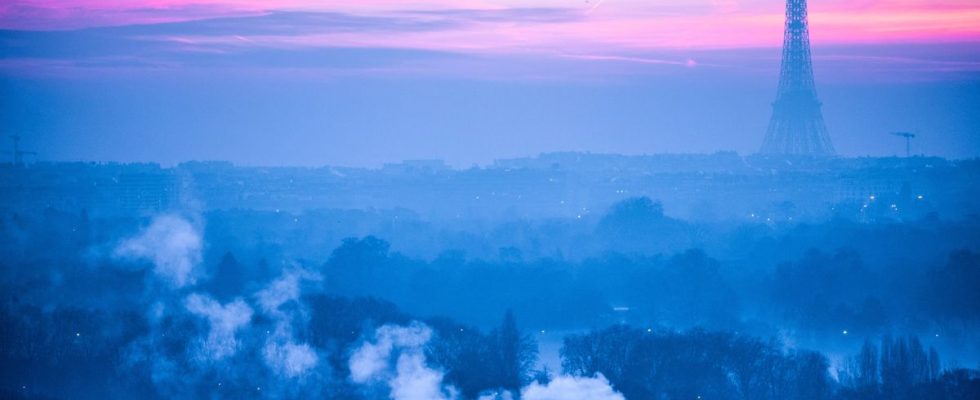ZFE. This somewhat barbaric acronym has been in many mouths in recent weeks. And for good reason. The Minister for the Ecological Transition, Christophe Béchu, announced on July 10 a series of derogations to respond to the gnashing of teeth of the mayors of the cities concerned by the compulsory establishment of low emission zones (ZFE, therefore) in their respective municipalities.
Because, since the climate law introduced in 2021, which came to reinforce the mobility orientation law of 2019, a ZFE must be established in the 43 agglomerations of more than 150,000 inhabitants. 11 have already taken the plunge in 2020.
Reduce the number of deaths linked to air pollution
Low Emission Zones aim to tackle fine particulate pollution and nitrogen oxides (which include nitrogen dioxide and nitric oxide), which are responsible for respiratory, cardiovascular and neurological diseases, and at least 40,000 deaths from year, according to the latest figures* from Public Health France published in 2021.
In practice, these are therefore traffic areas closed to certain types of vehicles considered to be the most polluting, classified according to a system of vignettes called “Crit’Air”.
But they are also perceived as instruments favoring social exclusion. Because the most polluting vehicles prohibited in these EPZs are also the oldest and therefore the cheapest on the market. “The purpose of these ZFEs is not to annoy the French or to make “yellow vests”, it is to act on the number of deaths linked to air pollution”, recalled Christophe Béchu.
Operation, system of Crit’Air thumbnailsvehicles and cities concerned… To understand everything about the EPZs, watch the video at the top of this article.
Figures for the period 2016-2019.
source site

